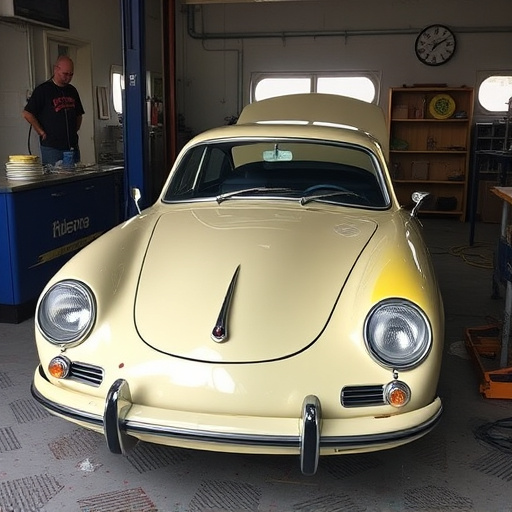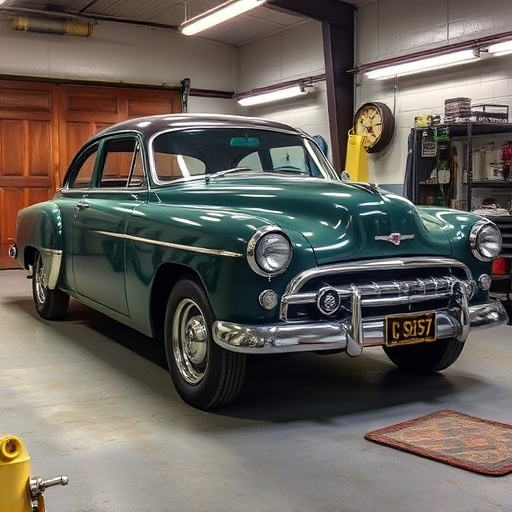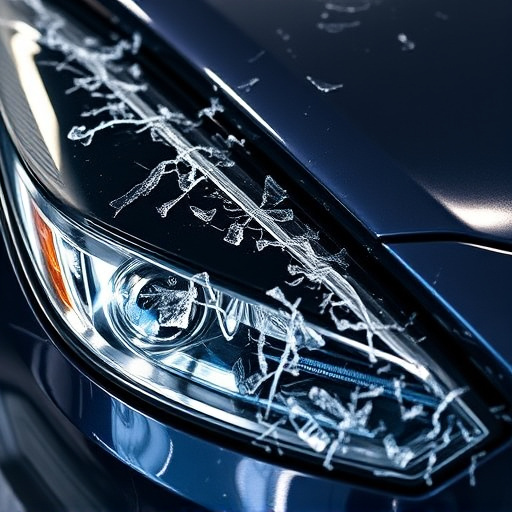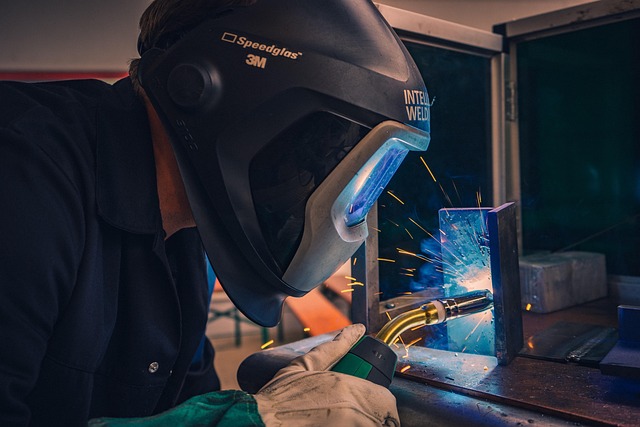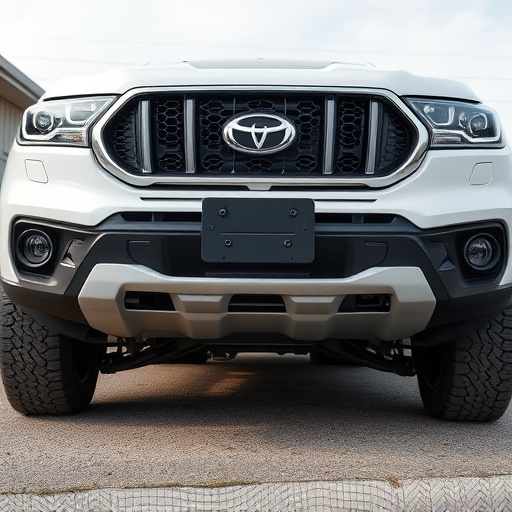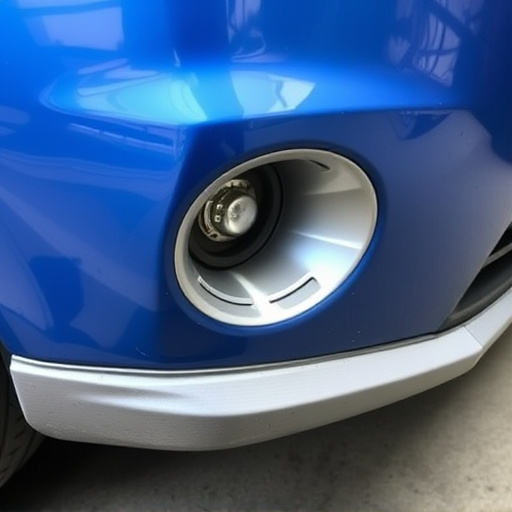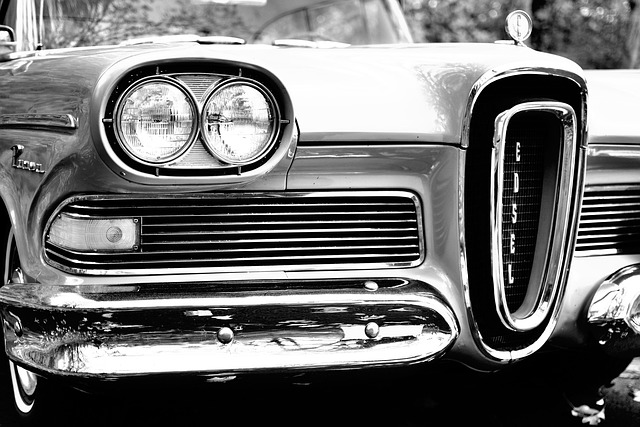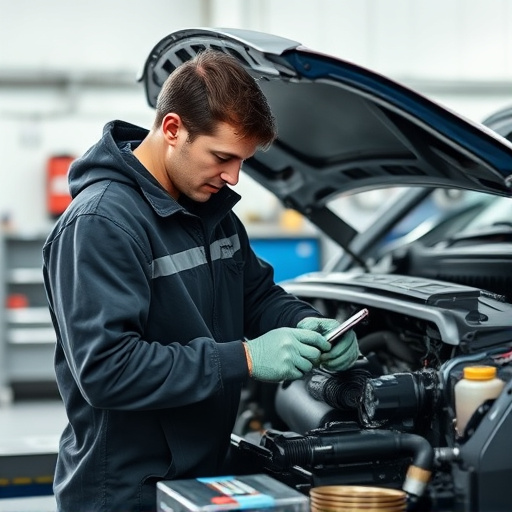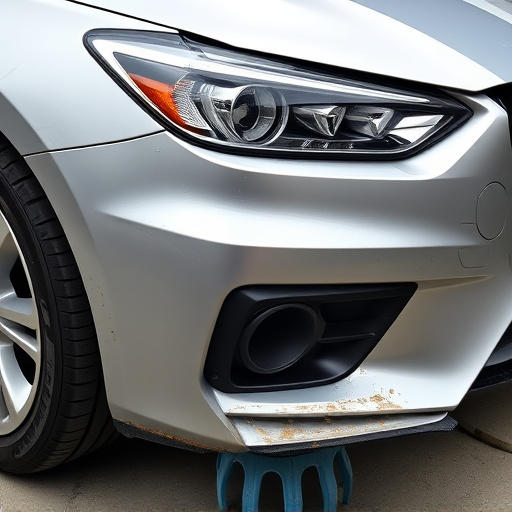Collision damage repair, especially for premium cars like Mercedes Benz, requires skilled technicians and advanced equipment to address frame damage, bent metal, and broken frames. The process involves thorough inspection, disassembly/tool use, component replacement or reconstruction, wheel alignment, and paint services, ensuring structural integrity and precise restoration tailored to each vehicle's unique needs. Reputable shops adhere to strict industry guidelines for quality control and safety reliability.
Collision damage repair, especially for frame and structural issues, is a critical aspect of auto restoration. This comprehensive guide delves into the intricacies of understanding frame damage, from common types and assessment methods to identifying hidden problems. We provide a step-by-step guide detailing the collision repair process, ensuring safety and structural integrity. Furthermore, we explore industry standards and best practices to help car owners make informed decisions, emphasizing the importance of professional collision damage repair for complete peace of mind.
- Understanding Frame Damage: Common Types and Assessment
- The Process: Step-by-Step Guide to Collision Repair
- Ensuring Quality: Safety Standards and Best Practices for Structural Integrity
Understanding Frame Damage: Common Types and Assessment
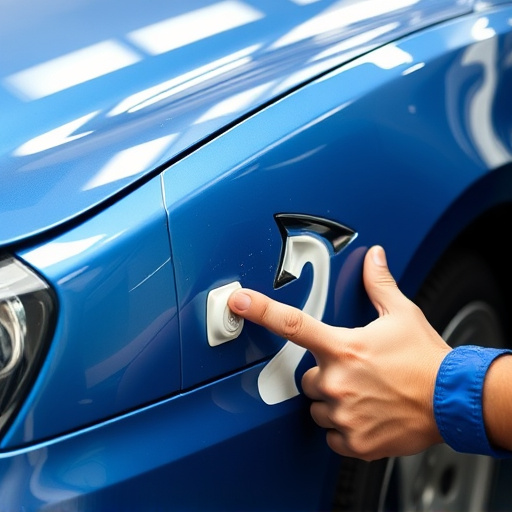
Frame damage is a significant concern in collision damage repair, as it can affect the structural integrity and safety of a vehicle. Understanding the common types of frame damage is crucial for both car body shops and owners looking to get their cars back into top condition after an accident. Common types include bent or twisted metal, often visible through misaligned doors, hoods, or fenders; and broken or shattered frames, which can be more subtle but equally dangerous.
Assessment involves a meticulous process of inspecting the vehicle using specialized tools and expertise. Car body shops employ trained technicians who use frame machines to measure and adjust damaged components, ensuring they return to their original specifications. Tire services and car paint services are also integral parts of the repair process for frame damage, as they help to realign wheels (tyre services) and restore the vehicle’s aesthetic appeal (car paint services). This holistic approach guarantees that not only is the structural integrity restored but also that the car body shop provides comprehensive collision damage repair tailored to each unique case.
The Process: Step-by-Step Guide to Collision Repair
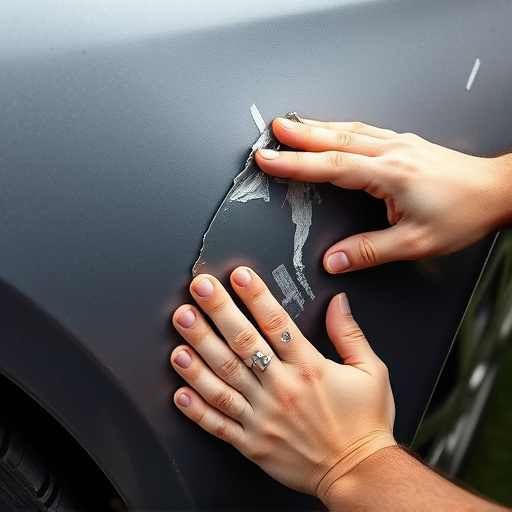
Collision damage repair for frame and structural issues involves a meticulous process that requires skilled technicians and advanced equipment. It begins with a thorough inspection to assess the extent of the damage. This includes examining the vehicle’s framework, panels, and components like headlights, bumpers, and fenders. Once the damage is accurately identified, the repair process starts with safe removal of the affected areas. This might involve disassembling specific parts or using specialized tools to separate damaged sections from the rest of the car.
The next step is replacement or reconstruction, depending on the severity. This could entail installing new auto glass, repairing or replacing panels, realigning frames, and restoring structural integrity. Skilled technicians use a range of body shop services, including welding, painting, and finishing, to ensure the vehicle looks and performs as good as new. After all repairs are complete, a final inspection is conducted to guarantee quality and precision in collision damage repair, readying the car for safe return to its owner.
Ensuring Quality: Safety Standards and Best Practices for Structural Integrity
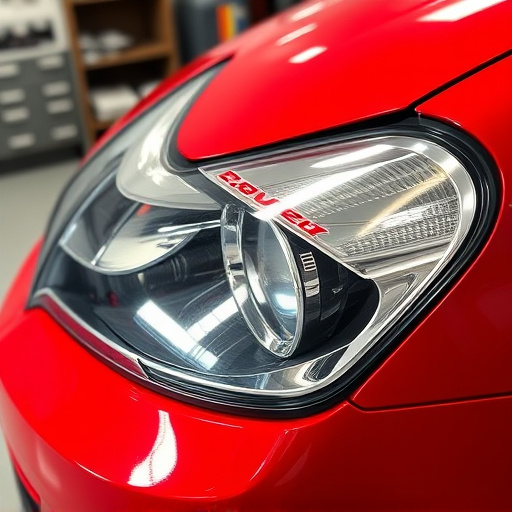
When it comes to collision damage repair, especially for frame and structural issues, ensuring quality is paramount. Safety standards and best practices are crucial to maintaining the structural integrity of vehicles, particularly premium brands like Mercedes Benz. Reputable auto body shops adhering to stringent industry guidelines will employ advanced techniques and specialized equipment to accurately assess and rectify damage.
In the case of Mercedes Benz collision repair or any vehicle collision repair, experienced technicians meticulously straighten frames, replace damaged components, and realign parts to factory specifications. This meticulous approach guarantees not only the aesthetic restoration but also the safety and reliability of the vehicle. Prioritizing quality control measures ensures that every repair meets or exceeds industry standards, providing peace of mind for owners investing in top-tier automotive body work.
Collision damage repair, especially for frame and structural issues, is a complex yet vital process. By understanding common types of frame damage, following a meticulous step-by-step guide, and adhering to safety standards, professionals can ensure the structural integrity of vehicles. This not only restores their aesthetic appeal but also guarantees safe operation on the road, making collision damage repair a critical service in the automotive industry.
